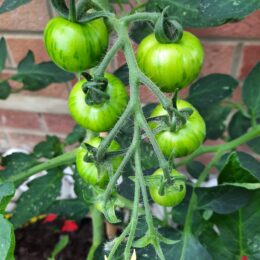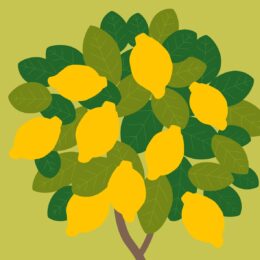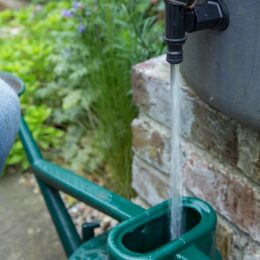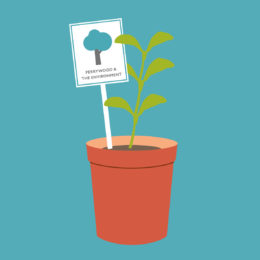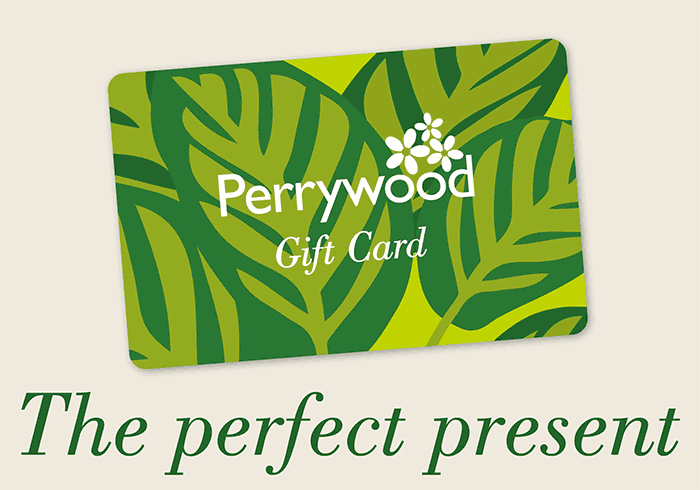
Whilst we are restricted to staying at home, many of us are spending more time tending to the garden and perhaps trying out growing vegetables for the first time. We have been sharing lots of ideas on how to get started with limited resources, for example growing tomatoes from pips and using pretty much any container to grow in from a frozen sweetcorn bag to a baked bean tin! To help beginners, we’d like to share a few tips on growing vegetables to help achieve the best results.

Indoors or Outdoors?
Some seeds are best sown indoors to start them off and others can go straight outside into the ground. Those vegetables that are recommended for indoor sowing need protection from frost and need to be kept sheltered until temperatures remain above 5 to 7 degrees centigrade at night, this is normally around mid May. Cold hardy plants are those that can be sown straight outdoors, they are frost resistant and can actually taste better after being bitten on a cold and frosty morning!
Sow indoors : courgette, cucumbers, marrow, runner beans, squash, sweetcorn, tomatoes, peppers
Sow outdoors: beetroot, brussels sprouts, cabbage, carrots, leeks, lettuce, onions, garlic, parsnips, potatoes, radishes, shallots, spinach

GAP Photos Ltd
What can be Grown in Containers?
If you don’t have the room in your garden for a vegetable patch, there are some that can be grown in pots either outside (from mid May) or indoors. We suggest the following fruit and vegetables for containers and recommend the pot to be around 30cm in diameter, it’s best to go bigger rather than smaller:
Aubergine, beetroot, cucumbers, herbs , lettuce (cut and come again), pea shoots, peppers, potatoes, strawberries, tomatoes.
Try and use a good quality compost, ideally one specifically for vegetables or otherwise multi-purpose. It is very important to keep the container watered regularly to make sure it is kept evenly moist.

GAP Photos Ltd
How far apart should plants be spaced?
Once seedling have grown inside, the next step is to get them planted out into the vegetable patch or container. If sowing directly into the ground or container, the seedlings will need thinning out once they are a few cm’s tall. Spacing the plants correctly is essential to achieve the best crop, make sure plants are not spaced too close together, they will be stronger and healthier if spaced correctly. Vegetables each need spacing differently, it is best to read the information on the seed packet or research online. Here’s a few popular vegetable minimum spacing recommendations :
Carrot 5cm apart, broccoli 50cm, lettuce 10cm, potatoes 30cm, peas 8cm, tomatoes 60cm.

GAP Photos Ltd
Don’t forget which is which!
If you are a novice and growing multiple vegetables, it can be very easy to forget which is which as they grow into seedlings. Always make sure you have labelled the container or row in the vegetable patch. You can either make your own (lolly sticks and a marker pen work well) or you can use the seed packet or label that the young vegetable plant came with.

GAP Photos Ltd
Happy growing!


